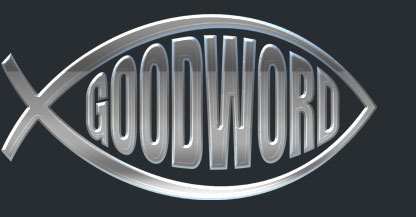| Host: | Dave Thomas |
|---|---|
| Guests: | Pedrito Maynard-Reid and Alden Thompson |
| Quarter: | Worship |
| Lesson: | 4 |
| Sabbath: |
Texts: Exodus 25:1-9; Exodus 35; Exodus 29:38-39; Exodus 25:10-22; Deuteronomy 12:5-7; Deuteronomy 12:12; Deuteronomy 12:18; Deuteronomy 16:13-16
One of the major features of the Old Testament, particularly in its earlier stages, is the appearance of a tent called a “Tabernacle,” with a host of attendant ceremonies and offerings and procedures. This OT sanctuary has a great deal to tell us about worship and also about God and about salvation or deliverance.
- In Exodus 25:1-9 we can read about the origins of the sanctuary. Read this portion of Scripture and reflect on it a while:
- Notice God’s intention in having a sanctuary built, that He could dwell among the people. It is a profound thing to realize that God, in the face of sin and its ravages, did not leave or run off to some far distant part of the universe. He built an establishment that put him in the middle of the encampment of His people.
- What great lessons do you think people learned from the presence and the function of the sanctuary?
- God is at the center of the solution to the Sin problem?
- There is a solution to the sin problem?
- God did not run away from a predicament?
- Part of this story involves a collecting of valuable items from the people that a house for God could be made.
- What do you make of a God willing to live in a house made by human hands?
- Do you see self-denial as a component of worship?
- How do you compare with ancient Israel when it comes to cheerful and generous giving?
- In Exodus 25:22, an explicit statement is made by God that “there I will meet with you from above the mercy seat…”
- The relational language here is quite powerful.
- What kind of worship or adoration might this expectation produce in worshippers?
- One of the rituals of the sanctuary was a continual burnt offering (Exodus 29:38-39). In English, the name of this is a bit misleading for this ritual involved the sacrifice of a lamb morning and evening not something happening continuously.
- What lessons can you derive from the ritual of sacrifice?
- Think some about the substitutionary nature of these sacrifices. The lamb dies, but the sinner goes free.
- Think of all the ideas and thought that came into the mind of his listeners when Jesus was called the Lamb of God!
- One of the features of the rituals of worship connected with the sanctuary was a time of rejoicing. Apparently rejoicing, celebrating, was a part of worship.
- Notice Leviticus 23:39-44, where a mixture of solemn events and celebrations are recorded.
- Deuteronomy 12:5-7 expresses similar sentiments.
- How do you think rejoicing and celebrating should appear in worship services today?





